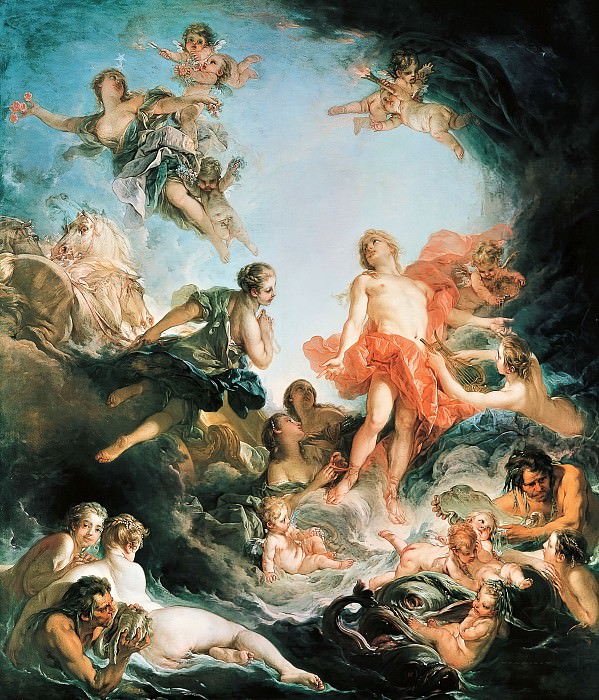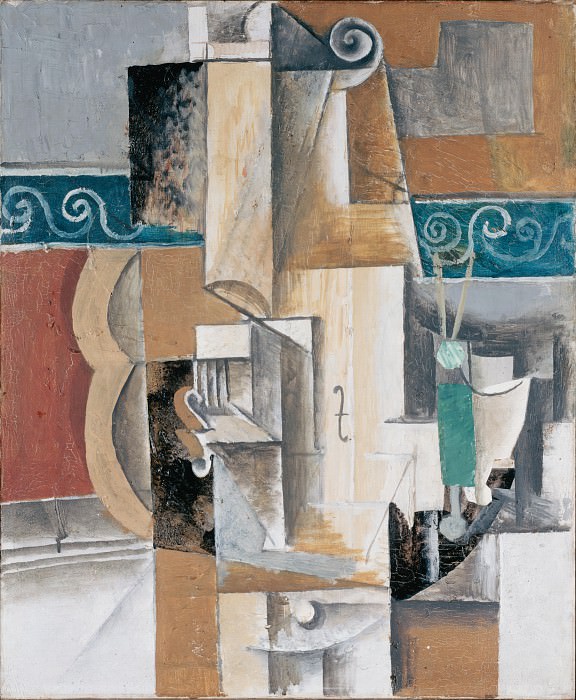The Essence of Kali Art: A Deep Dive into Its Symbolism and Influence
Kali Art, a unique and powerful representation of Hindu goddess Kali, delves into themes of destruction, transformation, and ultimate rebirth. This form of art has captivated the imagination of many, transcending its religious origins to influence various aspects of contemporary culture and art. In this exploration, we will uncover the roots of Kali Art, its evolution over the centuries, and its profound impact on modern artistic expressions.
The Origins of Kali Art
The depiction of Kali in art dates back to ancient Hindu traditions, where she is portrayed as the fierce manifestation of the goddess Durga. Kali is often depicted in a fearsome form, with a dark complexion, a garland of skulls, and multiple arms holding various weapons. This imagery is symbolic of her role as the destroyer of evil and protector of the universe. The earliest representations of Kali can be found in the stone carvings and temple sculptures of South Asia, particularly in regions like Bengal and Tamil Nadu, where her worship is most prominent.
Symbolism in Kali Art
Kali's iconography is rich with symbolism. Her dark skin represents the infinite nature of the universe, beyond light and darkness. The garland of skulls signifies the cycle of life and death, reminding devotees of the impermanence of the physical world. Her outstretched tongue, dripping with blood, is a symbol of her thirst for the annihilation of evil forces. Each of her multiple arms holds a different weapon, each signifying a different aspect of her power and protection. The severed head she often holds represents the ego, which must be severed to attain spiritual enlightenment.
Evolution of Kali Art Through the Ages
Kali Art has undergone significant transformation from its early depictions in temple sculptures to its modern-day interpretations. In medieval times, the Chola and Pallava dynasties of South India contributed to the rich heritage of Kali statues and reliefs in their temple architecture. These works of art not only served religious purposes but also showcased the artistic and cultural advancements of the time.
The British colonial period in India saw a suppression of many traditional art forms, including those depicting Kali. However, the late 19th and early 20th centuries witnessed a resurgence of interest in Kali Art, driven by the Bengal Renaissance. Artists like Abanindranath Tagore and Jamini Roy began incorporating traditional themes into their works, bringing Kali back into the cultural spotlight. Their interpretations of Kali were not just religious but also served as a form of resistance against colonial rule.
Modern Interpretations of Kali Art
In contemporary times, Kali Art has transcended its traditional boundaries, finding a place in various forms of modern art. From paintings and sculptures to digital art and installations, Kali's fierce and enigmatic persona continues to inspire artists worldwide. Modern interpretations often blend traditional iconography with contemporary themes, creating a dialogue between the past and the present.
One notable modern artist who has extensively explored Kali's imagery is Anish Kapoor. His works, characterized by their bold use of color and form, often evoke the powerful presence of Kali. Similarly, Indian-American artist Chitra Ganesh uses Kali's imagery to explore themes of feminism, identity, and resistance in her multimedia works. These modern interpretations not only preserve the essence of Kali but also expand her relevance to contemporary issues.
Kali Art in Popular Culture
Beyond the realm of fine arts, Kali has also made her mark in popular culture. Her fearsome yet protective image has been featured in movies, literature, and even fashion. In the film industry, Kali's imagery has been used to symbolize strength and defiance. For instance, the 1984 movie "Indiana Jones and the Temple of Doom" featured a controversial depiction of Kali, which, despite its inaccuracies, brought global attention to the goddess.
In literature, authors like Salman Rushdie and Amitav Ghosh have incorporated Kali into their narratives, using her as a metaphor for transformation and resilience. Fashion designers have also drawn inspiration from Kali's imagery, incorporating elements of her iconography into their designs to create bold and provocative statements.
The Spiritual and Psychological Impact of Kali Art
Kali Art is not just a visual representation; it carries deep spiritual and psychological significance. For devotees, the art serves as a medium to connect with the goddess, invoking her power and protection. The intense and often fearsome imagery of Kali is meant to confront viewers with the realities of life and death, urging them to transcend their fears and embrace transformation.
Psychologically, Kali's imagery can be seen as a representation of the inner turmoil and chaos that individuals must face to achieve personal growth. Her fierce form embodies the destructive forces within the psyche that must be acknowledged and transformed. In this sense, Kali Art serves as a powerful tool for introspection and healing.
The Global Influence of Kali Art
Kali's influence extends beyond the Indian subcontinent, resonating with audiences worldwide. The universal themes of destruction and rebirth, embodied in her imagery, have a profound appeal that transcends cultural boundaries. In the West, Kali has been embraced by various spiritual and artistic communities, who see her as a symbol of empowerment and transformation.
Yoga and meditation practitioners often incorporate Kali's imagery into their practices, seeking to invoke her transformative energy. Similarly, artists and musicians from diverse backgrounds have drawn inspiration from Kali, incorporating elements of her iconography into their works. This global resonance of Kali Art highlights the universal nature of its themes and its ability to connect with people on a deep, emotional level.
The Future of Kali Art
As we move forward, Kali Art is likely to continue evolving, reflecting the changing dynamics of society and culture. Emerging technologies such as virtual reality and augmented reality offer new possibilities for artists to explore and reinterpret Kali's imagery. These technologies can create immersive experiences that bring viewers closer to the powerful presence of Kali, offering new ways to engage with her story.
Moreover, the growing interest in indigenous and traditional art forms is likely to spur further exploration of Kali Art. As artists and scholars delve deeper into the historical and cultural contexts of Kali, new interpretations and understandings will emerge, enriching the tapestry of this ancient yet ever-evolving art form.
Conclusion
Kali Art stands as a testament to the enduring power and relevance of traditional iconography. From its ancient roots in Hindu temple sculptures to its modern-day interpretations, Kali's fierce and enigmatic presence continues to captivate and inspire. Through her art, Kali challenges us to confront our fears, embrace transformation, and seek spiritual enlightenment. As we navigate the complexities of the modern world, the timeless themes embodied in Kali Art offer a powerful reminder of the cyclical nature of life, death, and rebirth.




